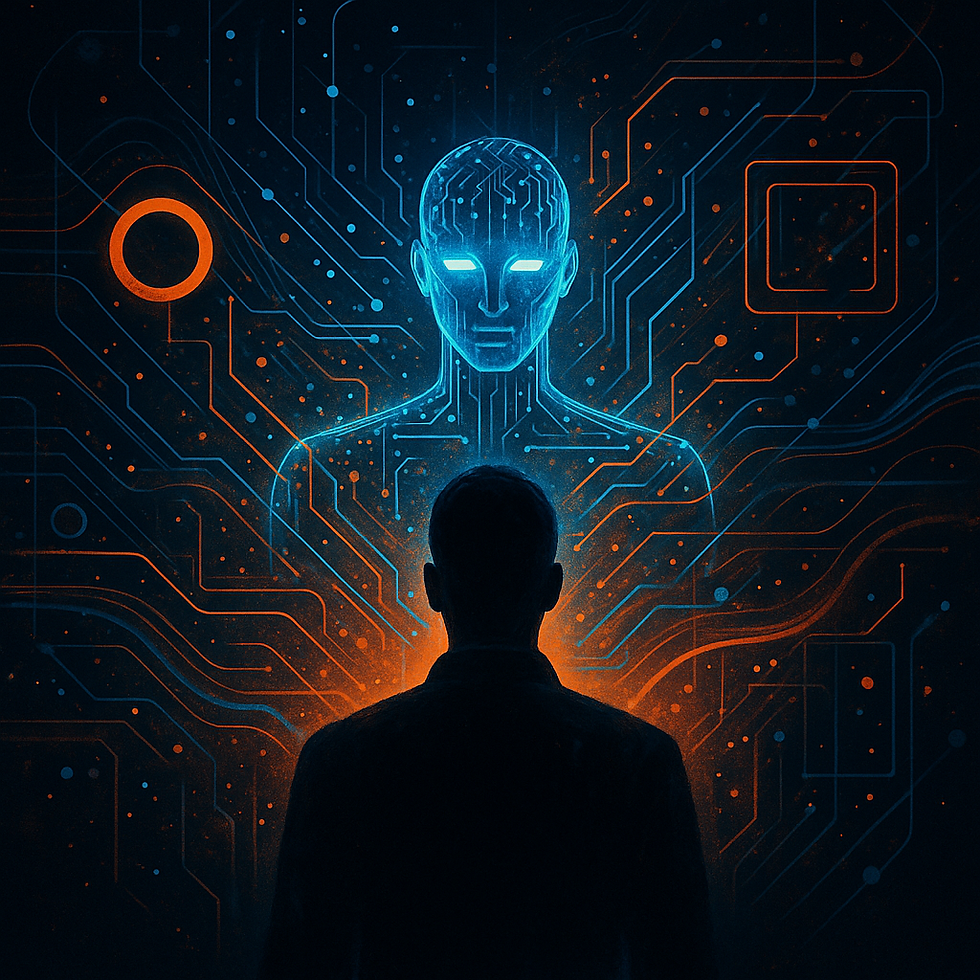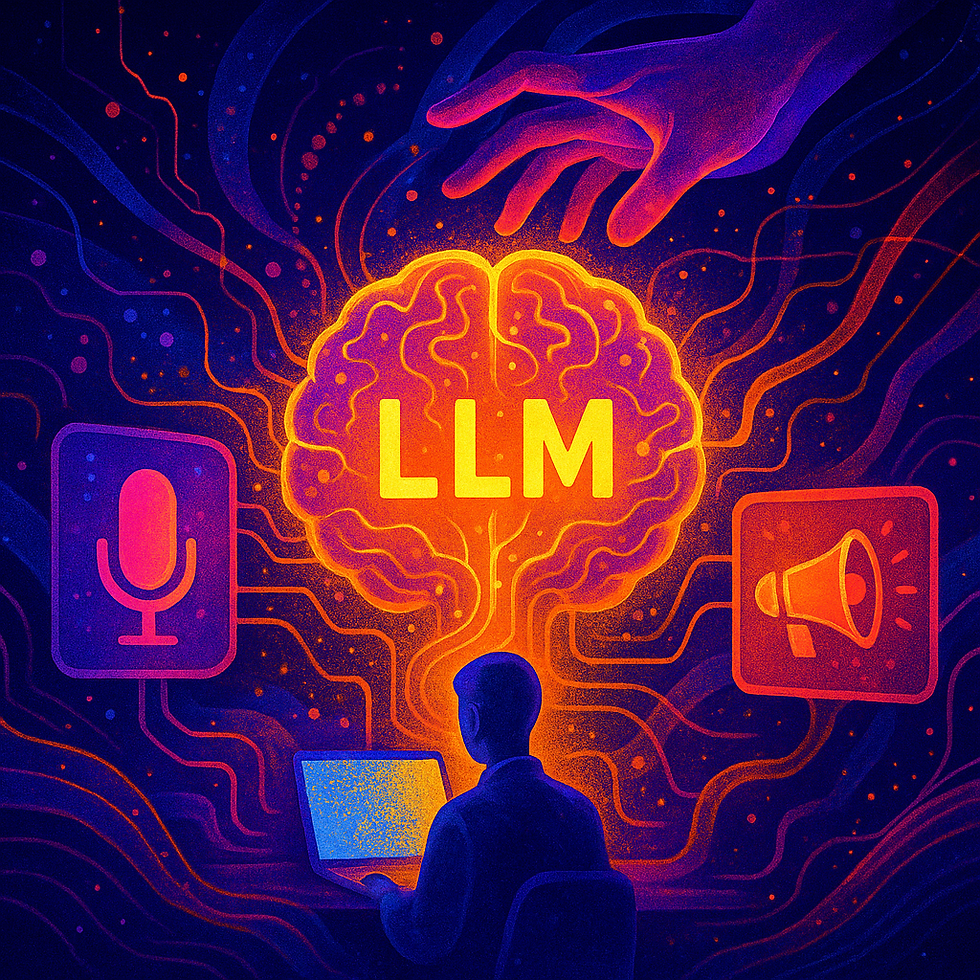
AI & UXR, TOOLS, CHAT GPT, LLM, OPEN AI
Making Better Use of UX Knowledge: What Repository Tools Can Do – And What They Can’t
4
MIN
Jun 26, 2025
It happens in many UX teams at some point: insights disappear into folders, transcribed interviews gather dust in project archives, and the phrase ‘Haven't we already tested that?’ is heard more often than anyone would like.
At this point, it's worth taking a look at repository tools – digital knowledge databases for UX research. But how useful are these tools really? And how reliable are the ‘smart’ answers that some of them now spit out using AI?
What are repository tools?
Repository tools are specialised platforms where UX research data can be stored, searched and reused in a structured manner. The aim is to make insights available in the long term – not only for the research team, but also for product managers, designers, developers and decision-makers.
The functions range from:
centralised uploading and transcription of interview data,
tagging and coding,
to automated insight summaries using AI.
In short: repository tools promise to make a company's UX knowledge visible, shareable and strategically usable.
What tools are available – and what can they do?
Here's a look at three of the most talked-about tools currently available:
🟢 Condens
A GDPR-compliant tool based in Germany.
Strengths: Cleanly structured, user-friendly, very good support for qualitative research teams. The AI acts more as a ‘silent assistant’ (e.g. with tagging suggestions) than as an interpreter.
Weaknesses: No glamour, few ‘automagic’ features. If you want insights, you have to think for yourself. But for many UX professionals, this is exactly the right tool.
🟡 Dovetail
Australian big player with a very strong visual approach.
Strengths: Intuitive interface, great options for communicating insights (e.g. highlight clips, stakeholder sharing). AI features such as automatic summaries and themes are mature – provided the underlying data is well maintained.
Weaknesses: Ambitious pricing. And: The AI features cannot (yet) distinguish between ‘well summarised’ and ‘nicely hallucinated’.
🟣 Marvin
A relatively new provider with strong AI DNA.
Strengths: Very fast analysis of interview data, lots of smart suggestions (e.g. topics, emotions, highlight quotes). Acts like an analysis turbo for teams that do a lot of video research.
Weaknesses: The AI likes to tell stories – even if they are not always entirely accurate. The origin and verifiability of statements often remain unclear.
How reliable are these tools – especially when it comes to AI-generated insights?
The good news: None of the tools are ‘dumb’. The less good news: none of them are infallible.
Some examples from user reports:
Marvin summarised a start-up interview as if it were about design aesthetics, even though it was mainly about insurance rates.
Dovetail generated the insight ‘Users love the feature’ based on exactly one positive statement.
Condens, on the other hand, does not generate statements – it helps you verify them yourself.
Our assessment after intensive analysis:
Tool | Probability of hallucinations | Recommendation |
🟢 Condens | Very low (<5%) | Ideal for reliable reports |
🟡 Dovetail | Medium (10–20%) | Good with review process |
🟣 Marvin | High (20–30%) | Fast, but with caution |
When it comes to AI-based summaries, the following applies: Trust is good, context is better. UX research thrives on nuances – and AI is not (yet) able to recognise these fully.
📥 Conclusion – and: Get our white paper!
Repository tools are not miracle machines, but they can prevent a lot of frustration – and even deliver real strategic value. It is important to choose the right tool for your own context.
Because if you trust blindly, you will end up with smart hallucinations instead of well-founded insights.
👉 In our white paper, we show you:
How to choose the right tool
Which criteria really matter (spoiler: data protection is only one of them)
And how to keep AI under control in your everyday research work
📄 Download now for free at: uintent.com/research-repository-guide - Coming soon!
RELATED ARTICLES YOU MIGHT ENJOY
AUTHOR
Tara Bosenick
Tara has been active as a UX specialist since 1999 and has helped to establish and shape the industry in Germany on the agency side. She specialises in the development of new UX methods, the quantification of UX and the introduction of UX in companies.
At the same time, she has always been interested in developing a corporate culture in her companies that is as ‘cool’ as possible, in which fun, performance, team spirit and customer success are interlinked. She has therefore been supporting managers and companies on the path to more New Work / agility and a better employee experience for several years.
She is one of the leading voices in the UX, CX and Employee Experience industry.





.png)















